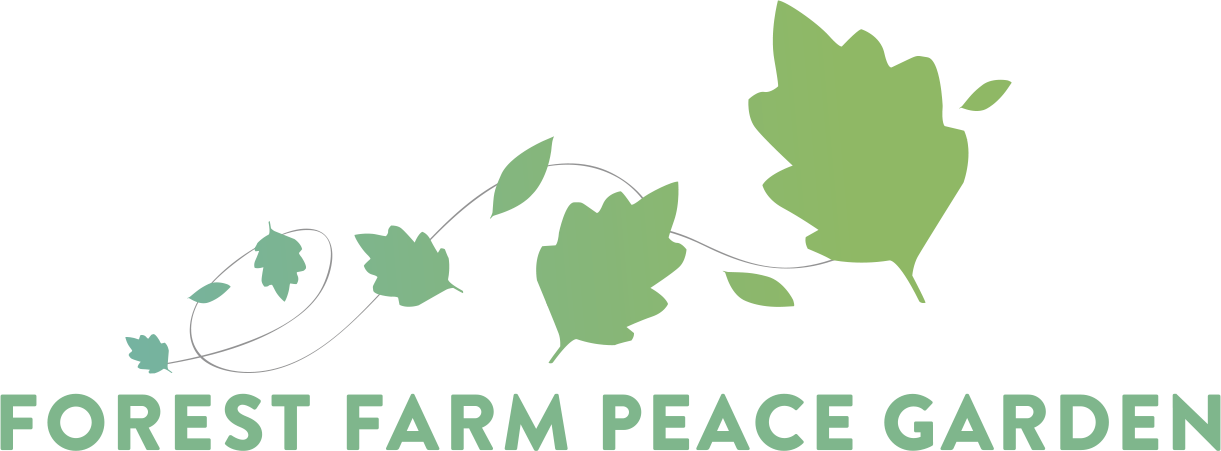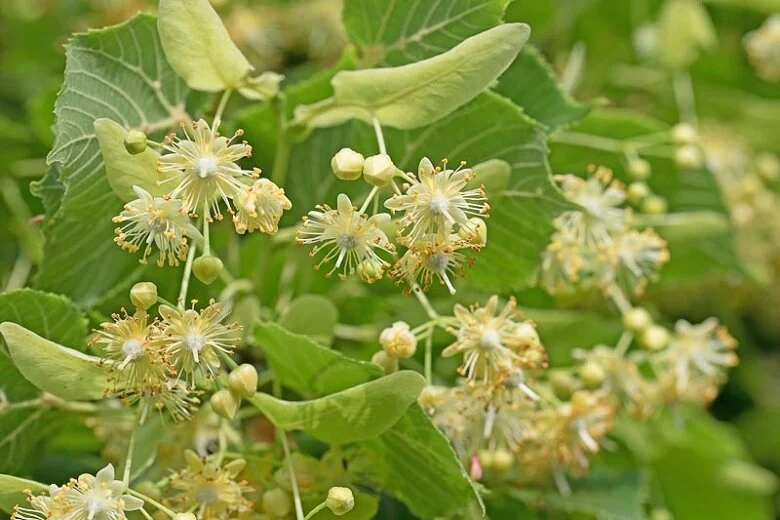A shrub or small tree that can grow to 15m in height, but is often a lot smaller because of its use in hedging. There are at least 300 species of insect that hawthorn supports, including being a food plant for moths such as Small Eggar (Eriogaster lanestris), Light Emerald (Campaea margaritaria) and Rhomboid Tortrix (Acleris rhombana) to name but a few. Fruits are important food sources for many birds such as Fieldfares (Turdus pilaris) and Redwings (Turdus iliacus). It is also a good source of nectar for many species of bee, including the Honeybee (Apis mellifera). The dense thorny foliage makes it an ideal place for nesting birds and small mammals.
Elder - for health and magic
Growing as a small deciduous tree up to 20 feet in height, the centre of the twigs is generally hollow, filling with a corky pith as they become older. Leaves are pinnate in opposite pairs of 5-7 leaflets. Fragrant umbels of creamy flowers appear from late May and throughout June and are of approximately uniform size.
Cleavers
Cleavers are annuals with creeping straggling stems which spread over other plants attaching themselves with small hooked hairs which grow out of the stems and leaves. The angular stems can reach up to three feet or longer and carry whorls of six to eight simple linear leaves. They have tiny, star-shaped, white to greenish flowers, which emerge from early spring to summer.
Small-leaved Lime Tree
The young leaves are mild tasting and can be eaten raw. They make an excellent salad or sandwich filling. As it is a distant cousin of the Chocolate Tree (Theobroma cacao) it can offer a very acceptable chocolate substitute made from a paste of the ground-up flowers and immature fruit, however this has a short shelf-life which prevented commercial exploitation. A popular herb tea is made from the flowers, it has a sweet, fragrant pleasant flavour.
Red Deadnettle
Red Deadnettle, also known as Purple Deadnettle or Purple Archangel, bear a superficial resemblance to small stinging nettles, but do not sting. It is found in meadows, hedgerows, woodland edges, roadsides and gardens. Young plants have edible tops and leaves, used in salads or in stir-fry as a spring vegetable. The flowers are nectar rich and are quite sweet.






